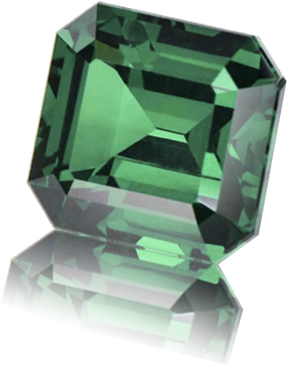

We are currently closed. We will be Re-opening Last Week of November.
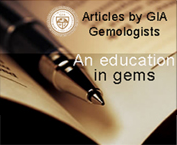
So what makes a fine Tourmaline? What are the Quality factors to consider?
Well, simply put, as with all gemstones; “The 4 C’s”
are the main factors which guide quality in Tourmaline : COLOR | CLARITY | CUT | CARAT WEIGHT We will look at these in detail one by one.
Judging Tourmaline Color
This is a wide topic as Tourmaline comes in such an enormous variety of colors, that discussing each color type individually is beyond the scope of this article. However, it is unnecessary, as color quality derives from a universal set of rules. We will be using the GIA (Gemological Institute of America’s) approach to color here. The GIA approaches color using 3 components – Hue, Tone and Saturation.
When you are judging color in Tourmaline you should there look at these 3 components. Let’s look at Hue first.
Understanding Hue in Tourmaline
Hue is the component which has the least impact in quality, as it mainly describes the color “sensation” that the human eye perceives. Color purely exists as an interpretation of the light spectrum by the human eye as it passes through a gemstone.
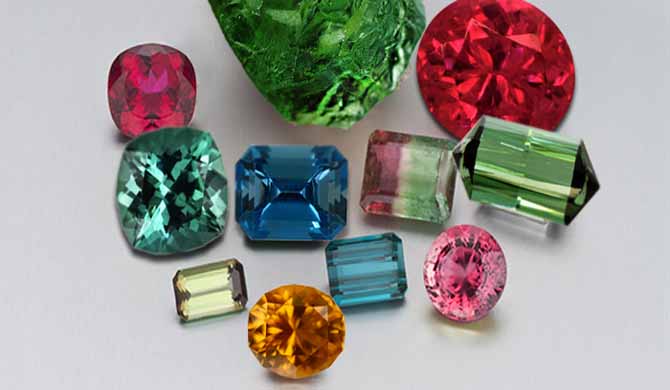
Blue Tourmalines are called Indicolite, Greens are called
Verdelite, reds and pinks are known as Rubellite.
Tone in Tourmaline
Tone describes the lightness to darkness of a color sensation in a gemstone. It is vital component in judging color quality in tourmaline as with all gemstones. It basically refers to how dark or light a gem appears to the eye. The image below shows a green Tourmaline can have a light, medium or dark tone.
Whatever the color of the Tourmaline, you want to look for a nice medium tone, not too dark, not too light.

Color Saturation in Tourmaline
This is the most important of the 3 components when judging quality of color in Tourmaline. It refers to how deep/vivid the color is.
"THE T-SHIRT ANALOGY" : To use an analogy – if you imagine a brand new red T-shirt purchased from the store. It is intense red when you first purchase it. After a number of washes, the color desaturates out of it until it becomes a pale version of its former self. It was highly saturated when new and desaturated after many washes.
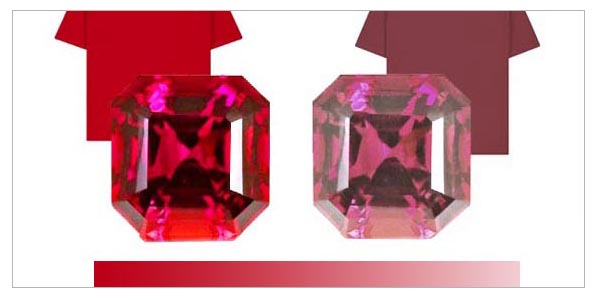
Hence, when judging a Tourmaline for color quality – the more intense/vivid the color saturation, the more valuable the stone.
Lighting Factors & Dichroism
The light source you view a gem under can affect the color you see so it is always a good idea to check Tourmalines under several light sources before buying. Reds and pinks look better under an incandescent light source whilst the cooler colors like greens and blues look better under daylight or white light.
No study of color in tourmaline would be complete without a
look at dichroism. Tourmaline is a strongly dichroic gemstone and as such, the
optic axis and the perpendicular axis can show different colors.
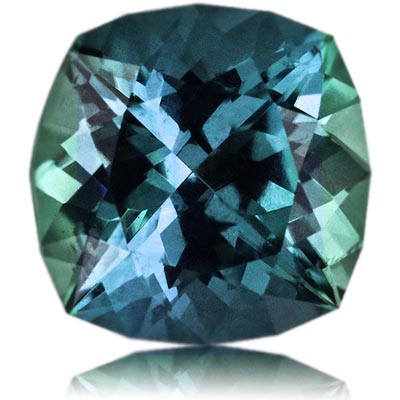
Understanding Clarity Factors in Tourmaline
As gemstones form in nature, very often imperfections can occur within them. These can take many forms including cracks due to high pressure, crystals of the same species (or others) growing within them, needles and liquid filled healed fractures, called “Fingerprints”. These imperfections impact a Tourmaline’s clarity grade and you need to be aware of what to look for when judging clarity.
Types of inclusions you might see in Tourmaline:
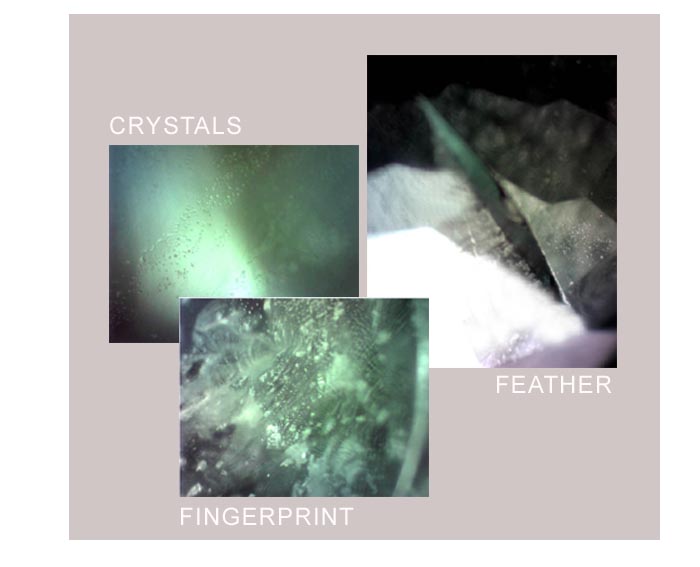
This entirely depends on what color of Tourmaline you are looking at. The GIA groups gemstones into Types depending on their propensity to contain inclusions. Type 1 gems are those that rarely contain inclusions in nature, Type 2 are those that usually contain inclusions and Type 3 are those that are almost always included.
Rubellite and Pink Tourmaline are Type 3 gems and can almost always be expected to display eye visible inclusions, whilst all other colors are Type 2.
The following chart shows you how Type 2 stones are judged
for Clarity.
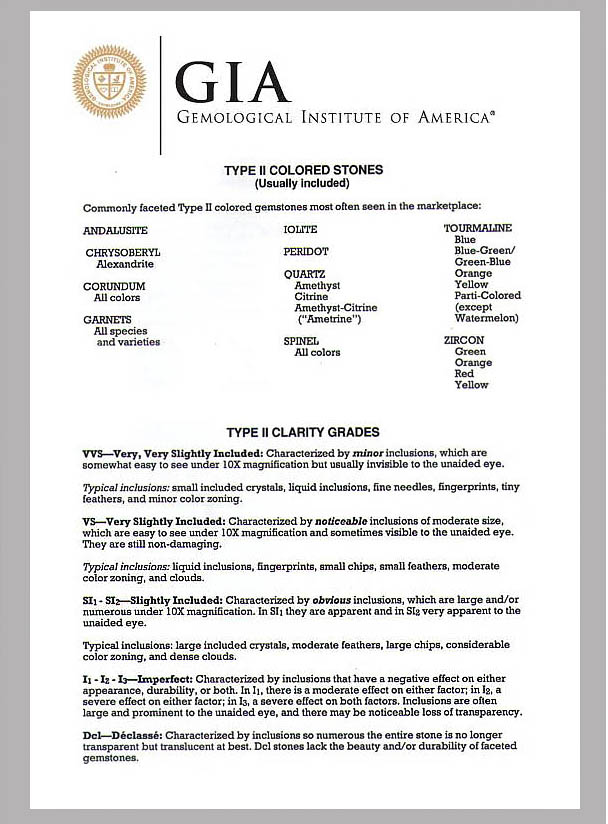
Judging Cut in Tourmaline
When we discuss cut, we are not talking about the actual shape of a Tourmaline. Whether a Tourmaline is cut as an Oval or a Round, for example, has no bearing on its quality. What matters is the quality of its cut. Unlike Diamonds, this area of the 4 C’s is not judged to same standard. The image below will give you a good idea of what to look for and what not to look for:
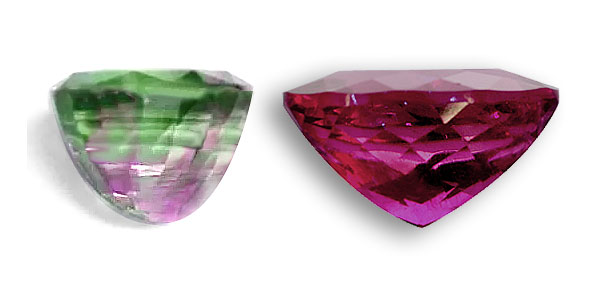
“Native Cut” Watermelon Tourmaline showing bad symmetry and bulged pavilion next to fine cut Rubellite Tourmaline.
Note the bulged pavilion on the native cut piece on the left and the asymmetry compared to the better cut piece on the right.
Common sense prevails. Look for a Tourmaline with a nice symmetrical cut, nicely placed facets and good light return. Avoid stones with bulged pavilions and asymmetrical shapes.
Carat Weight in Tourmaline
As with all gem types, Tourmaline is rarer in larger sizes. In order for a gem to grow to a large size in nature, the heat and pressure needs to remain constant for many hundreds of millions of years.
"A gem crystal needs space to grow. If these conditions don't remain constant
gem crystals cannot grow to large sizes. Hence, larger sizes are rare and more
valuable"
Origins & Sources of Tourmaline
Tourmaline is found in many places in the world as can be
seen from the Map of Tourmaline Sources shown below:

Map depicting Sources of Tourmaline Around the World
The main sources of Tourmaline are :
Brazil
Afghanistan
Tanzania
Kenya
Mozambique
Democratic Republic of Congo (DRC)
Madagascar
Sri Lanka
Pakistan
USA
Obviously, if you can buy directly from the source, this is an advantage as you are in a position to cut out the many markups inherent in the chain of distribution.
Tourmaline Prices
Pricing of Tourmaline is reliant on the color you are buying. The most expensive variety of Tourmaline – the beautiful, rare Paraiba Tourmaline can fetch $10,000 per carat and upwards depending on size and color saturation whilst smaller yellows may only command $50 per carat. The spectrum of prices is as wide as the color range in this amazing gem type.
Tourmaline Rough / Uncut
Tourmaline is mined in different ways in different parts of
the world and according to the type of source. Some sources are primary,
meaning the crystals are mined directly out of the vein or pegmatite they
originally formed in. Others are alluvial sources, meaning that the Tourmaline
crystals were transported away from their original source by weathering and
erosion.
Alluvial Tourmaline
Tourmaline is mined in different ways in different parts of the world and according to the type of source. Some sources are primary, meaning the crystals are mined directly out of the vein or pegmatite they originally formed in. Others are alluvial sources, meaning that the Tourmaline crystals were transported away from their original source by weathering and erosion.
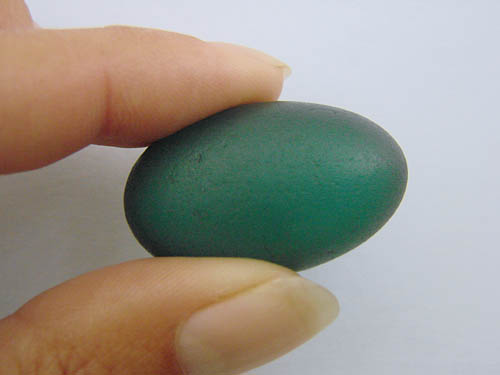
Primary Source Tourmaline
Tourmaline from primary sources can still be in their
“crystal habit”. Which means that they are in their original shape they formed
in nature. All gems have a crystal system and a crystal habit in which they
grow – Tourmaline grows in a hexagonal pencil.

Can Tourmaline be treated or enhanced to improve its quality? The answer is Yes, it can. The most routinely used treatment for Tourmaline is heating. This treatment is usually used when a tourmaline is too dark in tone and results in a lighter, more attractive color
Other treatments include irradiation and oiling to hide fractures, particularly in Rubellite.
Tourmaline has never been successfully synthesized. What that means is that it has never been grown in a Lab, so you don't need to be concerned about this but there are numerous imitations on the market, including common glass and various other natural gemstones such as Apatite, Topaz and Andalusite.
Antony completed his GG (Graduate Gemologist) in 1998 at the Gemological Institute of America in California after a degree a Business at the University of Bath, in England. He has extensive experience in the colored gemstone trade with over 20 years buying rough at the source. He is currently the Ambassador to Kenya for the ICA (International Colored Gemstone Association) in New York which is the worldwide body for colored gemstones.

A new discovery in the renowned Taita district of Kenya has taken the gem world by storm. We take a look at the new stone and the discovery.
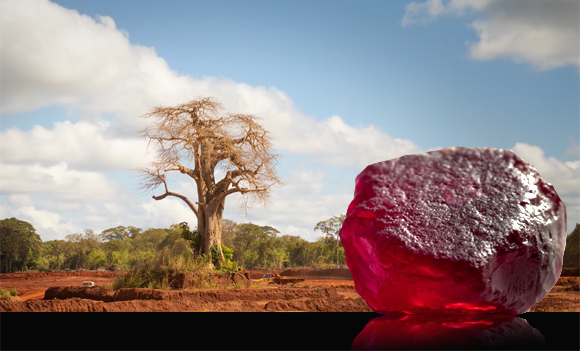
Some of the world's finest and rarest Rubies are now mined in Africa. The traditional sources in Asia have been depleted and there's a new kid on the block. This article delves into the fascinating world of African Rubies, where and how they are mined.
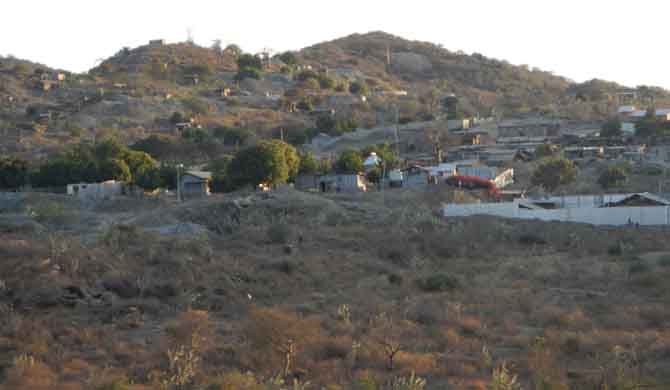
There is a great deal of misinformation currently online regarding what "ethical" Tanzanite mining is. This article explores the different opinions.
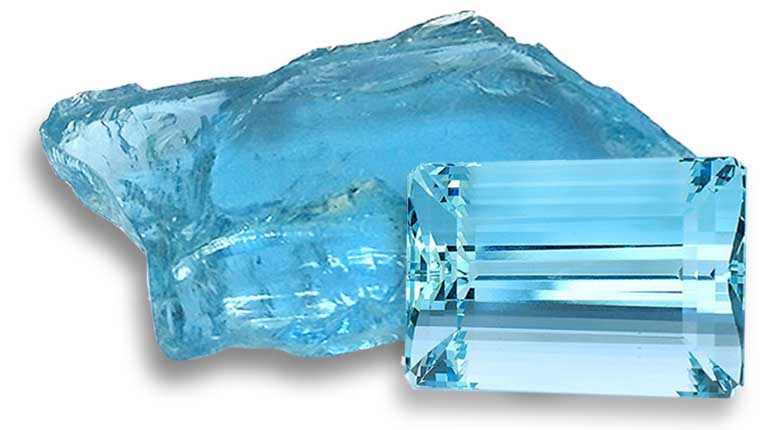
Everything you need to know about Aquamarine Gemstones. Learn all about this beautiful, rare gemstone. Learn about its properties, how to judge quality, pricing, how it is mined, where it comes from and how to spot imitations.
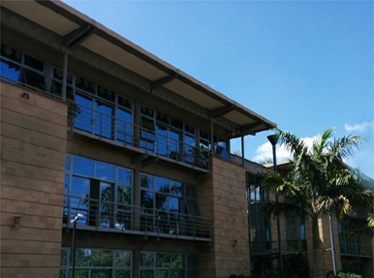

 USA : 1 888 281 3678
USA : 1 888 281 3678 Canada : 1 888 281 3678
Canada : 1 888 281 3678  United Kingdom : 0800 368 6128
United Kingdom : 0800 368 6128 Australia : 1 800 940 788
Australia : 1 800 940 788Direct : +254 20 2641700
Office Hours 9am to 5:30pm Monday to Friday

Direct your questions about shipping, returns,
payments and any other queries

If you can't find what you are looking for in our regular collections,
submit a Special Request and let us cut / source it for you. You will be
notified by email if we find a gem that matches your specs.

Your Product has been successfully added to the cart.

Thank You for submitting a Special Request .
We will notify you by email when we find gems that match your specifications and may interest you.
You can see and manage your special requests in your account by loggin into your account and clicking on the link Special Requests.

MESSAGE SENT
We will respond shortly
ASK A GEMOLOGIST FEATURE
Terms and Conditions of Use
Use of our acclaimed Ask a Gemologist feature which affords you access to certified GIA gemologists is free of charge. However, you agree to the following tenets when you use the Ask a Gemologist feature:
1. You will be signed up as a member of theraregemstonecompany.com with all the rights and privileges of membership.
2. Questions addressed to the Gemologist panel must be related to our business. Questions unrelated to gemstones or jewelry on our website will not be answered.

FRIEND REFERRAL ADDED SUCCESSFULLY
Our system has opened them a Member's Account and sent them
an introduction email. If they purchase off the site, 6% of the sale
will automatically be credited to you EAG Account Statement

NO ITEMS FOUND WITH THAT ID
Thanks for your email .
We will reply shortly.
